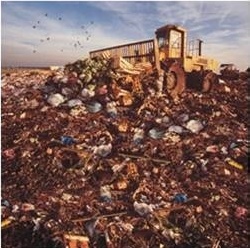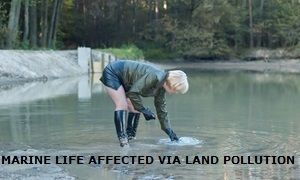Facts
The Royal Mail is already making an estimated £184 million a year by putting nearly three billion unaddressed marketing leaflets in the post, calculations show.

On Wednesday it emerged that the Royal Mail has urged businesses to send more unaddressed mail to households as a way to get around new stricter data protection laws coming in on 25th May 2018.
A loophole which allows firms to send households unaddressed junk mail must be closed, MPs and charities have said, as residents begin a rebellion against the Royal Mail.
Pressure is mounting on the Government to protect people from unaddressed mail ahead of an anticipated increase, following a data crackdown later this month.
At present the Mail Preference Service, used by 6.5 million people a year, lets households opt out of receiving addressed junk letters; however it does not stop unaddressed mail.
This is despite unaddressed mail accounting for around a third of all UK mail, according to Citizens Advice.
Last night MPs called on the Government and regulators to do more to protect households and the environment against the rise in unwanted and “irresponsible” junk mail.
£43m goes into reducing the amount of rubbish in the first place across all English and Welsh councils. The Audit Commission’s report on waste disposal, entitled Well Disposed, stated that councils feel they have little control over the amount of waste being produced locally. The commission predicted total municipal waste would continue to rise at about 1% per annum until 2020.
Each home on average gets 16 pieces of junk/circular mail per week (16 x 52 weeks = 832 x 27,089,900 houses = 22,538,796,800 pieces per year, which can be eliminated by this device) – (41pounds.org)
Statistics
Below are some important facts that, not only verify the need to stop junk mail, but also reveal staggering truths about the impact of consumption of materials and waste on the environment.

The Eco System & Natural Habitat
More than 100 million trees are destroyed each year to produce junk mail. 42% of timber harvested nationwide becomes pulpwood for paper. This in turn directly impacts on the climate, destroys natural habitat for many animals e.g. birds, insects and also plants etc. which leads to an unbalance in the natural eco system. – (41pounds.org)
Global Warming
The world’s temperate forests absorb 2 billion tons of carbon annually. Creating and shipping junk mail produces more greenhouse gas emissions than 9 million cars and so comes in as the third-largest industrial greenhouse gas emitter (after the chemical and steel industries). – (41pounds.org)
Water Wastage
About 28 billion gallons of water are wasted to produce and recycle junk mail each year. The pulp and paper industry is the single largest consumer of water used in industrial activities in developed countries. – (41pounds.org)
Land Pollution
40% of the solid mass that makes up our landfills is paper and paperboard waste. The majority of household waste consists of junk mail. The average adult receives 41 pounds of junk mail each year and 44% goes to the landfill unopened. Since junk mail inks have high concentrations of heavy metals, it makes the paper difficult to recycle so millions of gallons are injected into the ground through landfills. On average, we receive 16 pieces of junk mail a week, compared to only 1.5 personal letters. – (41pounds.org)
Air Pollution
The use of all diesel run heavy machinery, trucks and processing plants that produce and transport junk mail (from the cutting of the trees, to the delivery of the junk mail to people’s homes), throw vast amount of pollution in the air that we and our children have no choice but to breathe.
Water Pollution
Due to the land pollution because of landfills our rivers also get polluted hence impacting on river vegetation and marine life!

Financial Loss